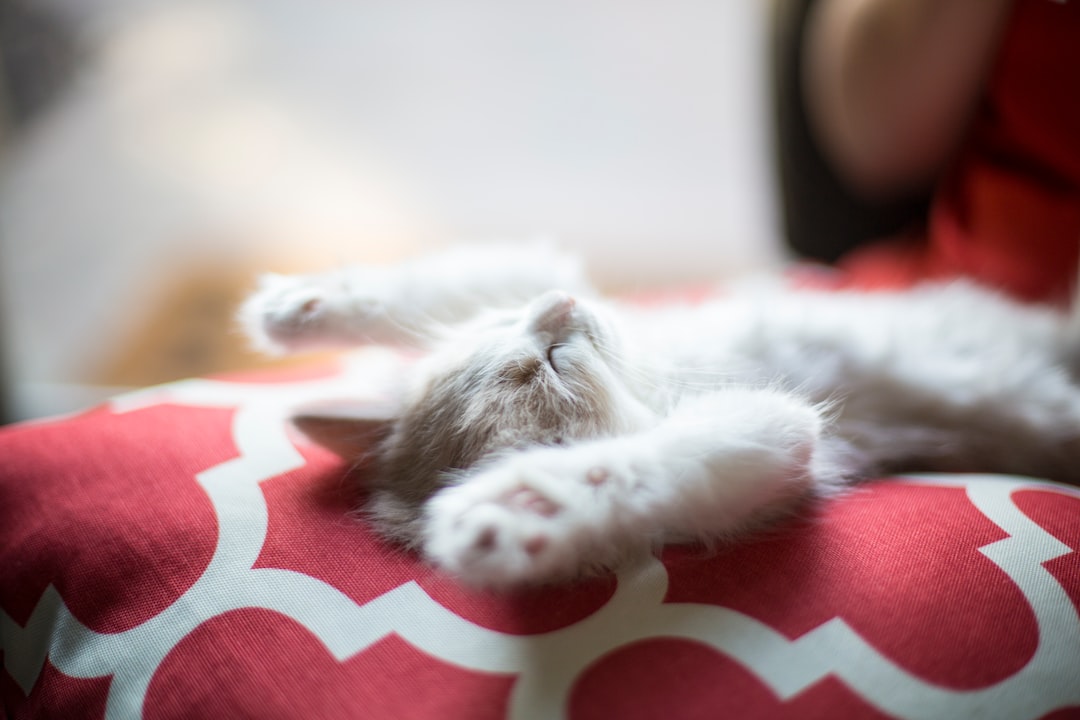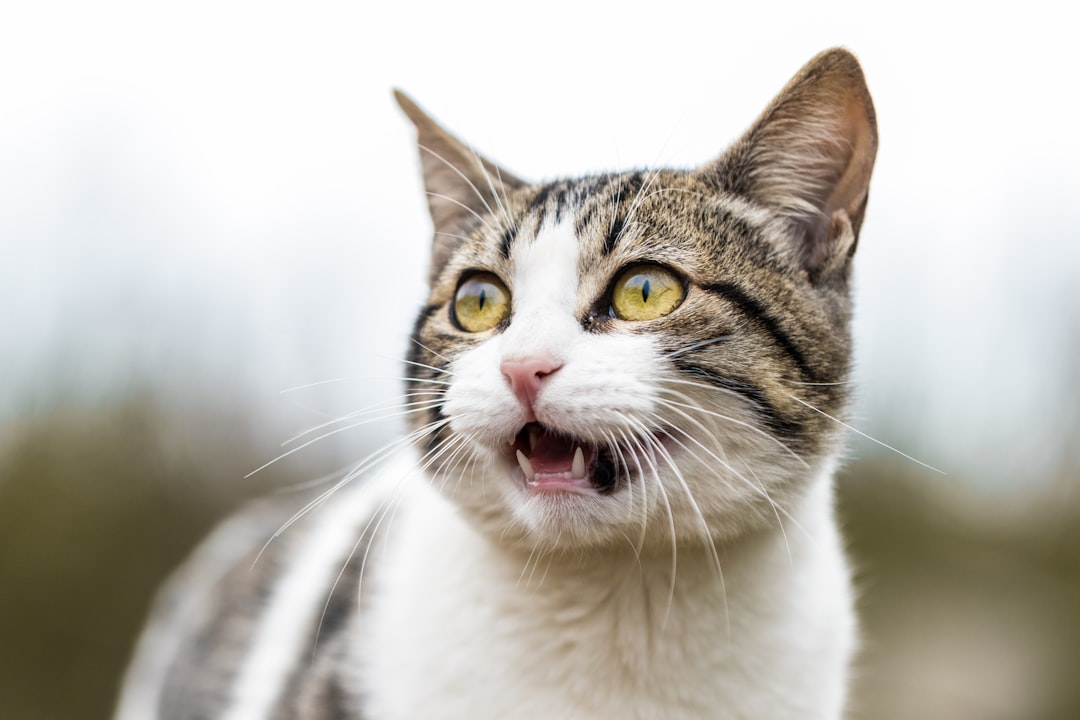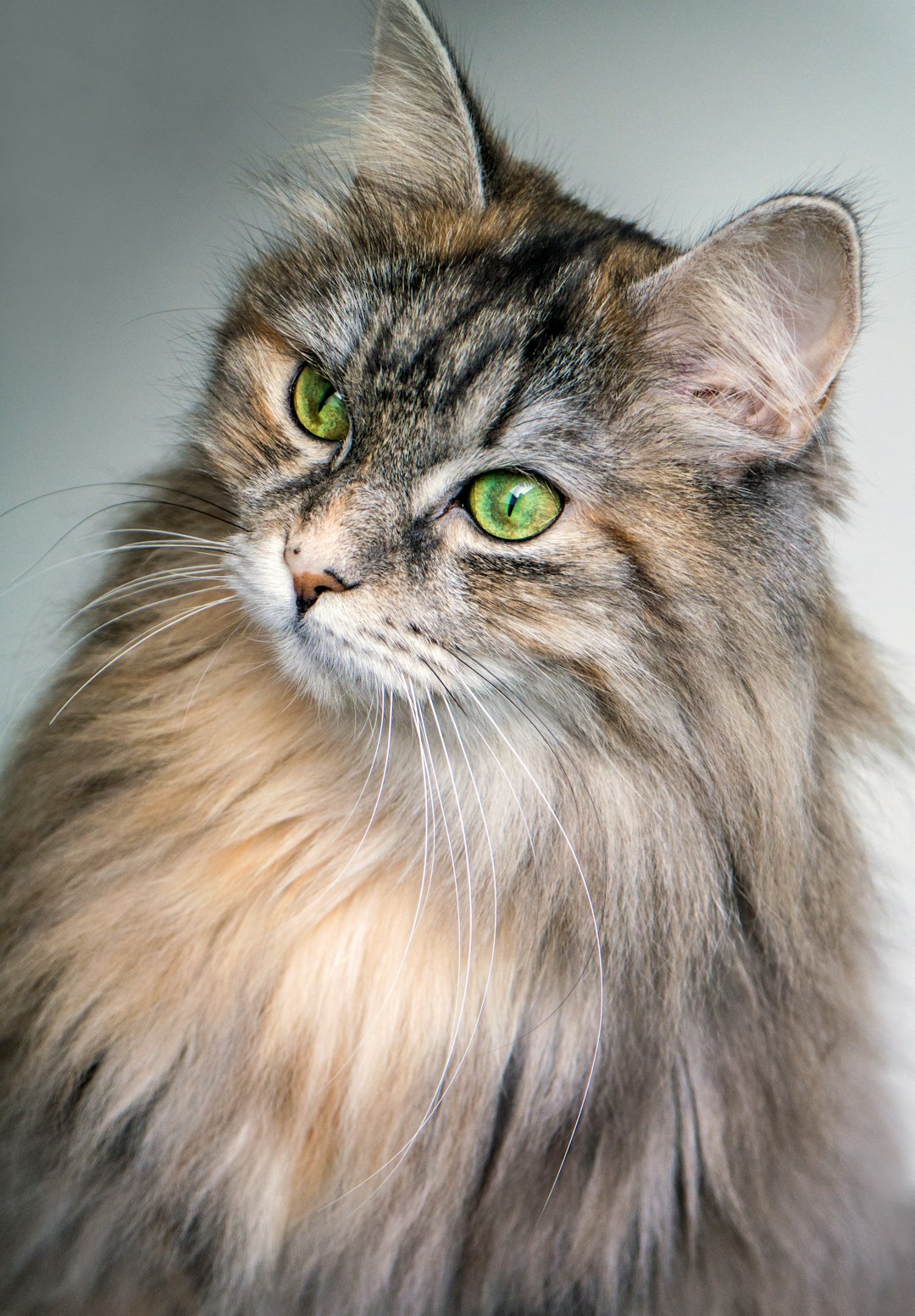Choosing the best kitten food is essential for ensuring your growing feline receives optimal nutrition during their formative months. Young cats require a diet rich in protein, vitamins, and minerals to support their rapid development. With a variety of options available, it’s crucial to understand the differences between wet and dry food, as well as key ingredients that promote health. By making informed decisions and consulting with your veterinarian, you can help your kitten thrive, setting a solid foundation for a healthy life.
Nutritional Requirements for Kittens
Kittens have unique nutritional needs to support their rapid growth and development. When choosing the best kitten food, consider the following essential components:
- High Protein Content: Kittens require a diet rich in protein to fuel their energetic lifestyle and muscle development. Aim for foods that contain at least 30% protein.
- Healthy Fats: Look for a fat content of around 20%. Fats provide energy and support brain and eye development.
- Taurine: This amino acid is crucial for heart health and proper vision. Ensure your kitten’s food lists taurine as an ingredient.
- Calcium and Phosphorus: These minerals promote bone growth. A proper ratio (about 1.2:1) aids in healthy skeletal development.
- Vitamins and Minerals: Essential for immune function and overall health, ensure the food contains vitamins A, D, and E plus various minerals.
By focusing on these nutritional requirements, you can select the best kitten food to support your furry companion’s growth and vitality.
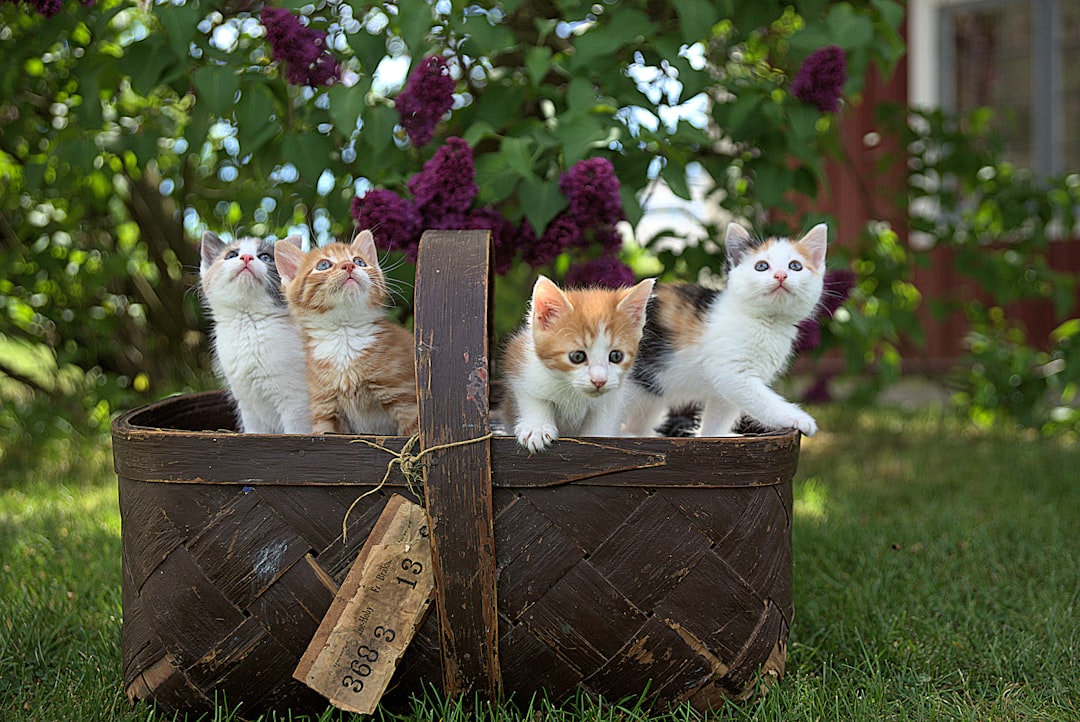
Types of Kitten Food Available
Choosing the best kitten food is essential for your growing feline’s health. Kittens have specific dietary needs that vary based on the type of food you provide. Here are the main types of kitten food available:
Dry Food (Kibble)
- Convenient and easy to store
- Helps to maintain dental health
- Often more affordable
Wet Food (Canned)
- High moisture content aids in hydration
- Generally more palatable for picky eaters
- Rich in protein, essential for growth
Raw Food
- Mimics a natural diet found in the wild
- High in nutrients and enzymes
- Requires careful handling and sourcing
Specialty Diets
- Tailored for specific health needs (e.g., hypoallergenic, grain-free)
- Consult with your veterinarian before choosing this option
Comparison Table
| Type of Food | Pros | Cons |
|---|---|---|
| Dry Food | Affordable, dental health | Less moisture, less palatable |
| Wet Food | High moisture, palatable | More expensive, spoilage risk |
| Raw Food | Natural, nutrient-rich | High maintenance, sourcing challenges |
| Specialty Diets | Custom health benefits | Can be costly |
By considering these options, you can determine which will be the best kitten food for your furry friend.
Wet vs. Dry Kitten Food: Pros and Cons
When choosing the best kitten food, you’ll often decide between wet and dry options. Each type has its advantages and disadvantages, so it’s essential to understand how they compare.
Wet Kitten Food
Pros:
- Hydration: Contains about 70-80% moisture, helping keep your kitten well-hydrated.
- Palatability: Generally more appealing due to its aroma and texture, making it ideal for picky eaters.
- Nutritional Density: Often richer in protein and fats, which are crucial for your kitten’s growth.
Cons:
- Shelf-Life: Requires refrigeration after opening and can spoil quickly.
- Cost: Usually more expensive per serving compared to dry food.
Dry Kitten Food
Pros:
- Convenience: Easier to store and has a longer shelf life.
- Dental Health: Helps reduce tartar buildup, promoting dental hygiene as they nibble.
- Cost-Effective: Generally cheaper, which can be a deciding factor for many owners.
Cons:
- Lower Moisture Content: Contains about 10% moisture, which might not be ideal for hydration.
- Potentially Less Appealing: Some kittens may prefer wet food, making dry options less enticing.
In summary, the best kitten food for your furry friend depends on their preferences and needs. A combination of both wet and dry food may provide optimal nutrition and hydration!
Key Ingredients to Look For
When selecting the best kitten food, focus on key ingredients that support healthy growth and development. Here’s what to prioritize:
- High-Quality Protein: Look for real meat (like chicken or turkey) as the first ingredient. Kittens require significant protein for muscle development.
- Fat Sources: Healthy fats, like chicken fat or fish oil, provide essential fatty acids crucial for energy and a shiny coat.
- DHA: This omega-3 fatty acid is vital for brain and eye development. Select kitten food that includes DHA from fish sources.
- Vitamins and Minerals: A balanced kitten diet should include vitamins A, D, E, and minerals like calcium and phosphorus for strong bones and teeth.
- Taurine: This amino acid is essential for heart health and vision. It should be a part of any quality kitten food.
Comparison of Key Ingredients
| Ingredient | Importance |
|---|---|
| Protein | Supports muscle development |
| Fats | Provides energy and coat health |
| DHA | Aids in brain and eye development |
| Vitamins | Promotes overall health and immunity |
| Taurine | Essential for heart and vision health |
Choosing the best kitten food means understanding what your kitten needs to thrive. Each of these ingredients helps ensure your furry friend grows into a healthy adult cat.
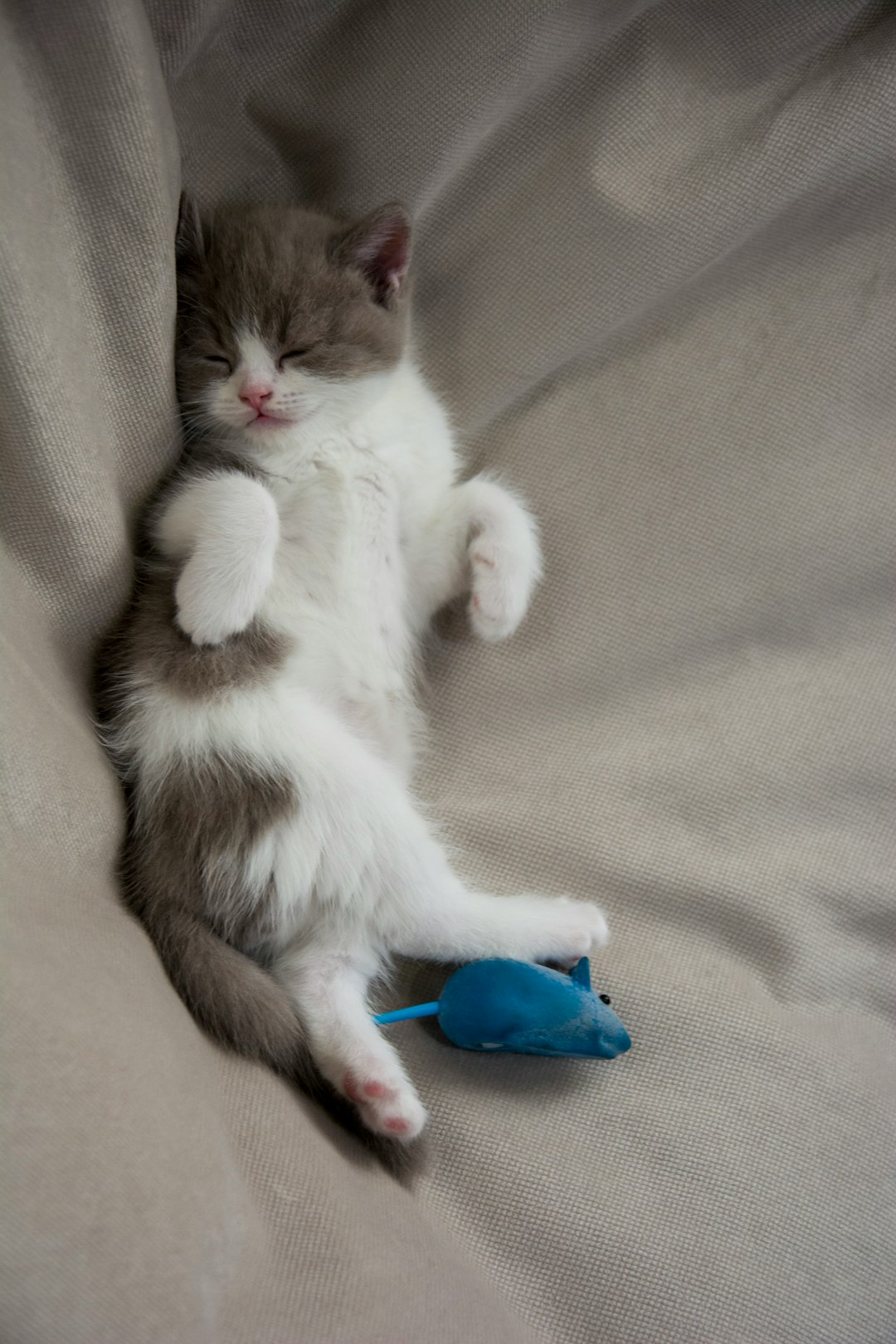
Top Recommended Kitten Food Brands
When selecting the best kitten food, consider quality and nutritional value. Here are some of the top recommended brands that cater specifically to growing felines:
| Brand | Type | Key Ingredients | Price Range |
|---|---|---|---|
| Royal Canin | Dry/Wet | Chicken, rice, vitamins, minerals | $20 – $40 |
| Hill’s Science Diet | Dry/Wet | Chicken, fish oil, antioxidants | $25 – $45 |
| Blue Buffalo | Dry | Deboned chicken, whole grains, fruits | $20 – $35 |
| Wellness Kitten | Dry/Wet | Chicken, salmon, DHA, probiotics | $25 – $50 |
| Purina Pro Plan | Dry/Wet | Real meat, rice, essential nutrients | $20 – $30 |
Each of these brands prioritizes the health and development of your kitten. For instance, Royal Canin is specially formulated to support a kitten’s immune system, while Blue Buffalo includes high-quality proteins and whole grains for optimal growth.
Remember, the best kitten food should meet your kitten’s unique needs, so consider their preferences and any dietary restrictions. Transitioning gradually can also help avoid digestive issues. Choose wisely to ensure a healthy start for your little companion!
How to Transition Your Kitten to New Food
Transitioning your kitten to a new diet requires patience and planning. A gradual switch helps prevent any digestive upset and ensures your feline enjoys the best kitten food suited to their needs. Here are key steps to follow:
Start Slow: Introduce the new food gradually. Mix a small amount of the new best kitten food with their current food. Begin with a ratio of:
- 75% old food, 25% new food for the first few days.
- 50% old food, 50% new food for the next few days.
Monitor Reactions: Keep an eye on your kitten’s stool and overall health. If you notice any changes, adjust the ratio accordingly.
Increase Gradually: After about a week, switch to:
- 25% old food, 75% new food for a few days, then to 100% new food.
Be Patient: Some kittens may take longer to adapt. If they refuse the new food, remain calm and try again later.
Serve Fresh: Always serve fresh food to enhance palatability and maintain nutritional value.
By following these steps, you’ll ensure a smooth transition to the best kitten food, promoting your kitten’s healthy growth and development.
Common Feeding Mistakes to Avoid
Feeding your kitten the best kitten food is essential for its growth and well-being. However, many cat owners unknowingly make mistakes that can hinder their development. Here are some common pitfalls to watch out for:
Skipping Meals: Kittens require regular feedings throughout the day. Omitting meals can lead to nutritional deficiencies and poor growth.
Overfeeding or Underfeeding: Striking the right balance is crucial. Too much food can lead to obesity, while too little can cause malnutrition. Consult feeding guidelines on the best kitten food packages to find the right amount.
Improper Food Selection: Not all cat food is formulated for kittens. Always select products labeled specifically for kittens to ensure adequate nutrition.
Sudden Food Changes: Abrupt dietary switches can upset your kitten’s digestive system. Gradually introduce new foods over a week to avoid gastrointestinal issues.
Ignoring Quality Ingredients: Focus on high-quality protein sources and avoid fillers in the best kitten food. Check ingredient labels for better options.
By avoiding these common feeding mistakes, you can help ensure your kitten grows into a healthy, happy adult cat.

Consulting with Your Veterinarian
When it comes to selecting the best kitten food, consulting with your veterinarian is a crucial step. Veterinarians possess the expertise to guide you in making informed decisions about your kitten’s nutritional needs. Here’s why you should seek their advice:
Personalized Recommendations: Every kitten has unique dietary requirements based on age, breed, and health. Your veterinarian can provide tailored suggestions for the best kitten food that matches your kitten’s specific needs.
Health Concerns: If your kitten has underlying health conditions or sensitivities, your vet can recommend specialized diets or brands that support overall well-being.
Dietary Transitions: Transitioning to a new food can be tricky. Your veterinarian can advise on the best methods to prevent digestive upset, ensuring a smooth shift to the new best kitten food.
Monitoring Growth: Regular check-ups can help gauge if your kitten is thriving on their diet, adjusting as they grow.
By prioritizing veterinary guidance, you build a solid foundation for your kitten’s health and happiness.
Frequently Asked Questions
What should I look for in kitten food?
When selecting kitten food, it’s crucial to ensure it contains a balance of essential nutrients that support growth and development. Look for high-quality protein sources, such as chicken or fish, as kittens need protein to grow strong muscles. Additionally, make sure the food includes adequate levels of fat for energy, along with vitamins and minerals like DHA for brain development and calcium for strong bones. Always check that the food is specifically formulated for kittens, as their nutritional needs differ from adult cats.
How often should I feed my kitten?
Kittens typically require more frequent feeding than adult cats due to their rapid growth rate. It’s recommended to feed them three to four small meals per day, especially during their first six months of life. As they approach their first birthday, you can gradually transition to feeding twice a day. Quantities will depend on the kitten’s age, size, and the specific food you’re using, so it’s important to follow the guidelines provided on the packaging and adjust based on your kitten’s individual needs.
Is wet or dry food better for kittens?
Both wet and dry kitten food have their advantages and can be included in a kitten’s diet. Wet food is beneficial for hydration and usually contains higher protein levels, making it great for developing kittens. However, dry food aids in dental health by helping to scrape off tartar as the kitten chews. A combination of both types can provide a balanced diet that meets nutritional needs while keeping the kitten engaged with different textures and flavors.
Can I give my kitten human food?
While it might be tempting to share human food with your kitten, it’s important to be cautious about what you offer. Some human foods, such as chocolate, onions, and grapes, are toxic to cats. If you wish to treat your kitten, opt for small amounts of cooked lean meats or certain fruits and vegetables like cooked carrots or peas in moderation. Always prioritize commercial kitten food designed to meet all their nutritional needs and consult a veterinarian before introducing any new foods.

